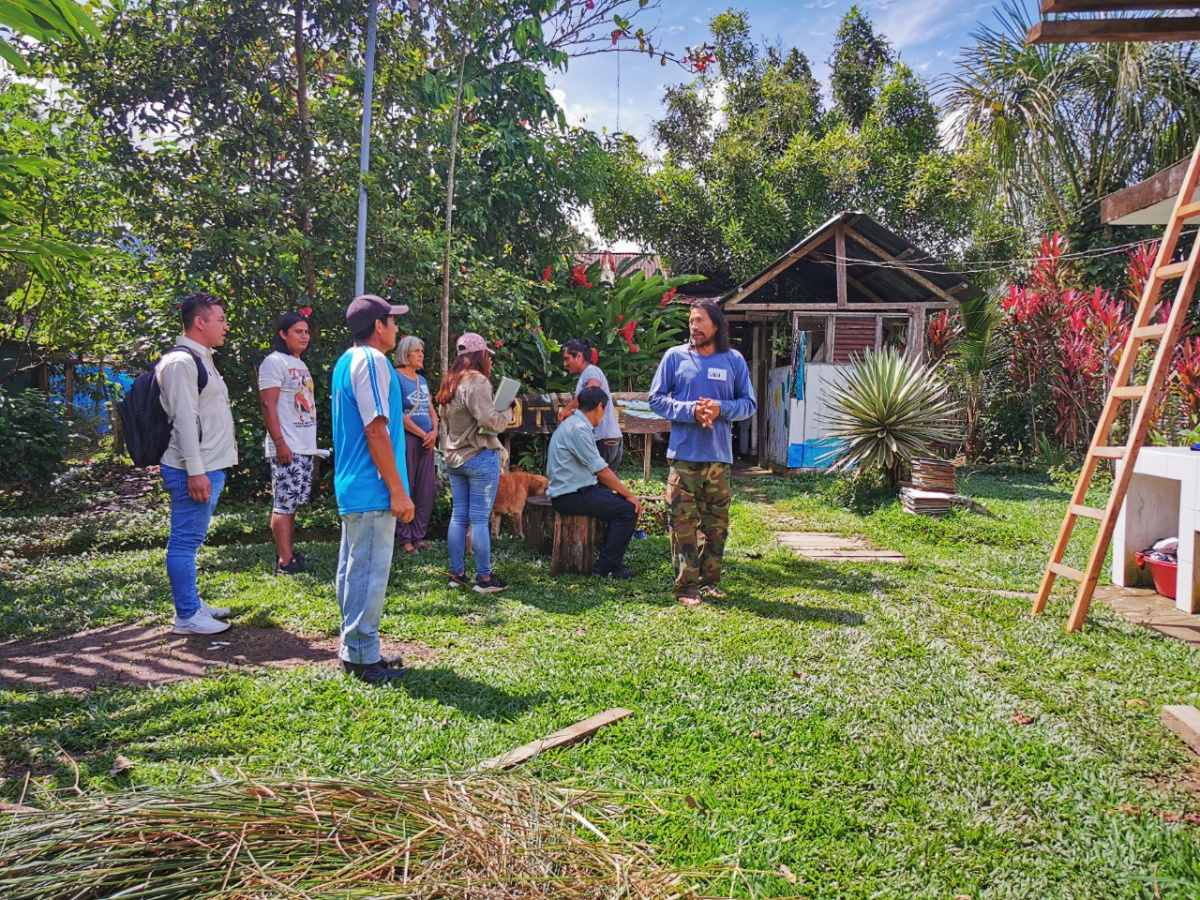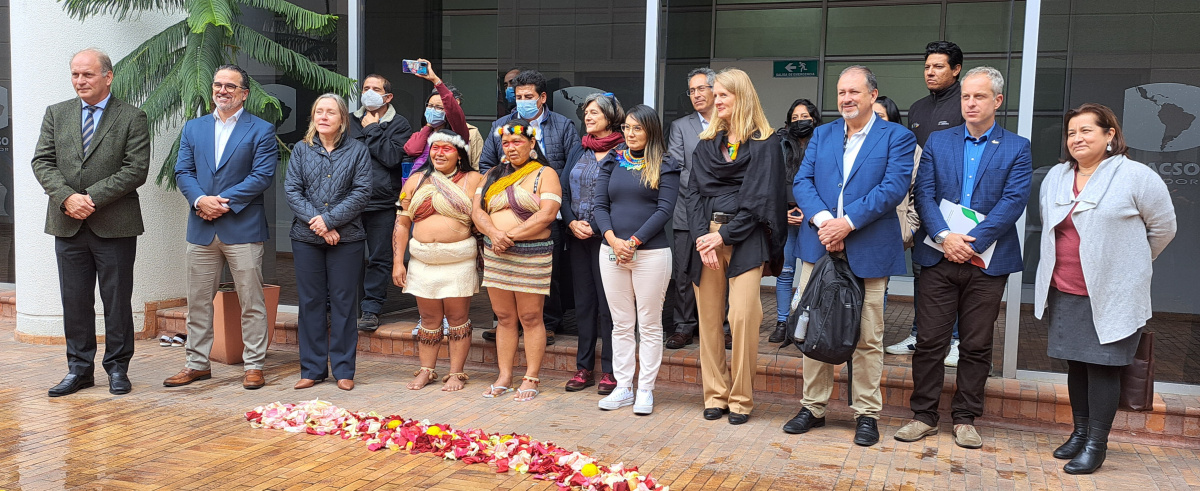Transforming Ikh Nart Nature Reserve, Mongolia from a “Paper Park” to a Model Protected Area
by Richard P. Reading
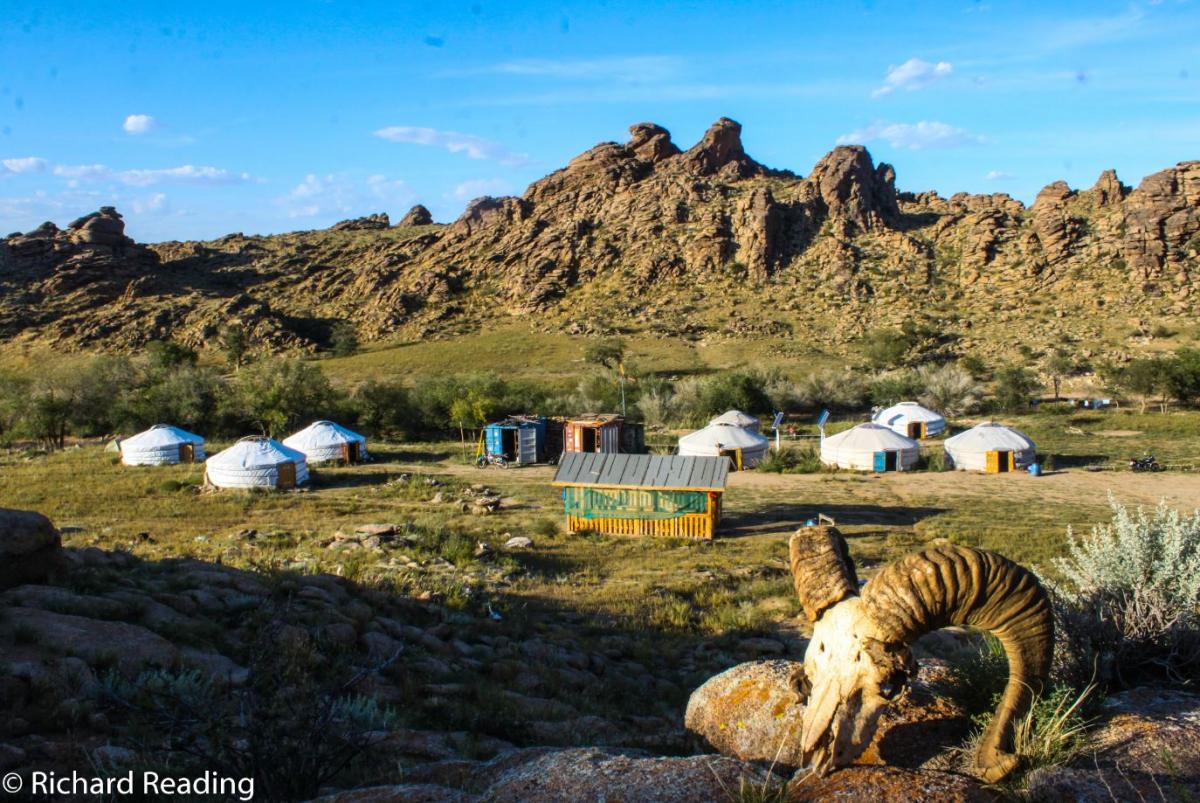
Ikh Nart Camp, Mongolia
Photo: Richard Reading
Sitting on the northern edge of the Gobi Desert in Mongolia, Ikh Nart Nature Reserve was established to protect a fascinating area of rocky outcrops and a globally important population of argali sheep (Ovis ammon). Yet, the >66,000 ha of Ikh Nart protects much more. Because the reserve lies within the transition between steppe and desert habitats, it contains a relatively high diversity of plants and animals, including 41 species of mammals. Almost 200 species of birds have been recorded in Ikh Nart, most during migration, as Ikh Nart contains perennial fresh water springs, but it is also an Important Bird Area because of the nesting sites it provides for many species of global concern. For example, large populations and a diverse array of nesting raptors, especially Cinereous Vultures (Aegypius monachus) and Lesser Kestrels (Falco naumanni), are attracted to the reserve’s rocky outcrops and few trees for use as nesting sites.
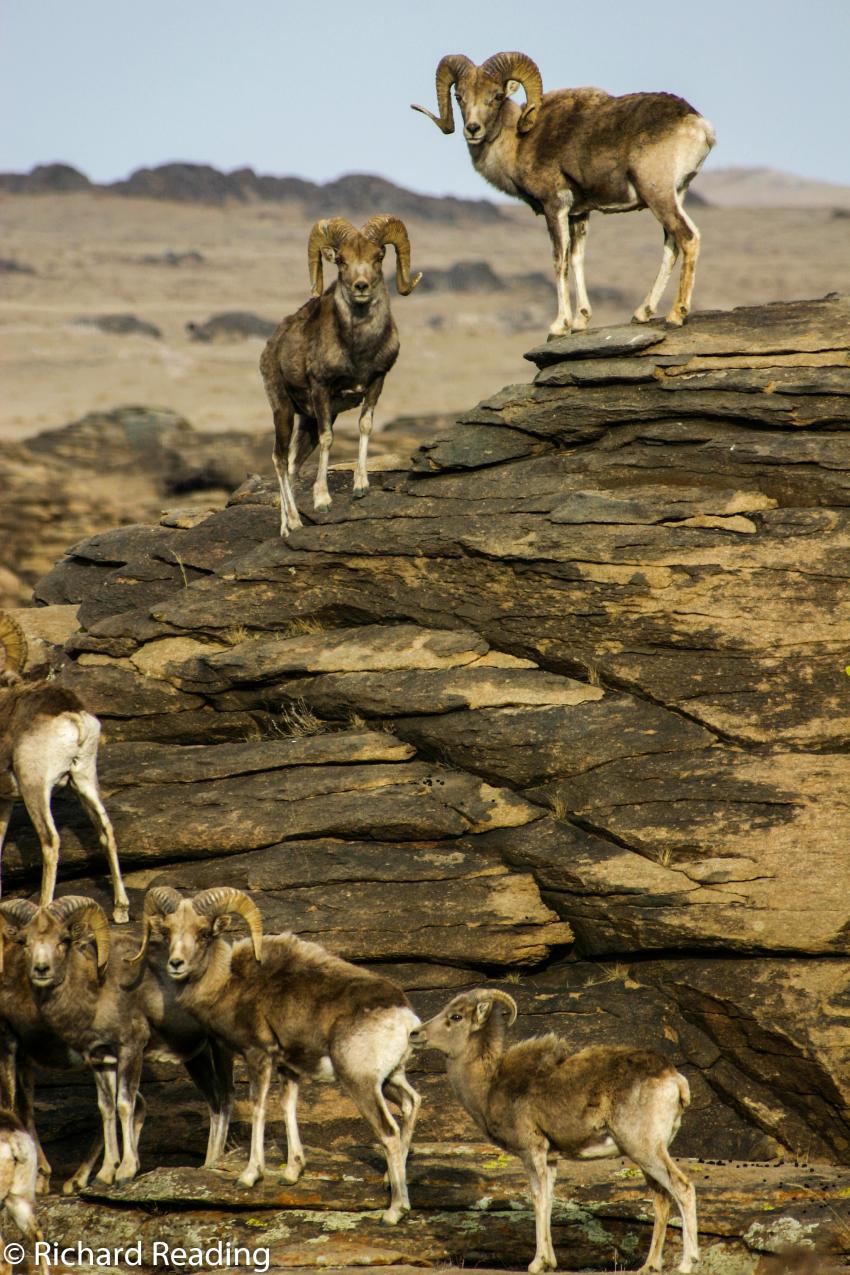 Photo: Richard Reading
Photo: Richard Reading
Despite its importance, Ikh Nart remained no more than a “paper park” (one that existed only on paper, without any management) following its creation in 1996 due to resource constraints and lack of capacity. Major threats to the protected areas included wildlife poaching, theft and destruction of cultural resources, illegal mining for fluorspar and quartz crystals, and over-grazing and competition between livestock and wildlife. In addition, lack of resources and training rendered the local governments charged with managing Ikh Nart in a poor position to address these threats.
A team of conservationists began work in 2000 with the objective to transform Ikh Nart into a well-managed protected area that could serve as a model for other nature reserves and parks in Mongolia and elsewhere. They quickly recruited park managers, archaeologists, educators and ecotourism specialists to assist in the efforts to transform Ikh Nart.
The process included five overlapping and complementary aspects: 1) rigorous research; 2) a management structure, plan and process; 3) building local capacity among students and professionals; 4) cultivating local support; and 5) creating sustainable administrative policies and funding. The interdisciplinary team conducted research on the flora, fauna, human attitudes and values, land use practices, and archaeological resources to help improve management. Simultaneously, team members initiated reserve management activities, including law enforcement, education and outreach programs, livelihood enhancement, cultural resource protection, and nature-based tourism.
The team’s efforts resulted in several successes, including 1) a significant decrease in the threats listed above, 2) creation of local protected areas almost completely surrounding Ikh Nart that effectively function as a Buffer Zone and over double the size of the area protected, 3) establishment of parks zones, including a Core Zone that eliminated most livestock grazing, 4) increases in wildlife populations and expansion in their ranges, 5) a cadre of well-trained professionals, including rangers, park managers, researchers, and students who have gone on to positions in academia, government, consulting, and the non-profit sector, and 6) strong local support, including the creation of women’s cooperatives and tourism to enhance livelihoods.
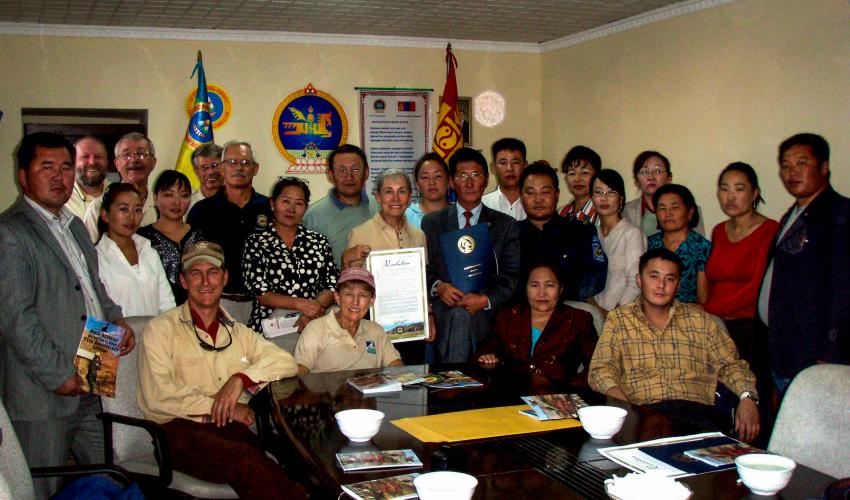 Photo: Richard Reading
Photo: Richard Reading
Looking ahead, Ikh Nart will soon enter a new phase of management focused on fundraising and developing tools to help the decision-making process. Ikh Nart faces increasingly complex management challenges (e.g., mitigating climate change impacts) that require effective decision-making that benefits the biological and cultural resources of the reserve in ways that ensure continued support from the local community.
Read the full paper From “Paper Park” To Model Protected Area: The Transformation Of Ikh Nart Nature Reserve, Mongolia in PARKS Journal 22.2

